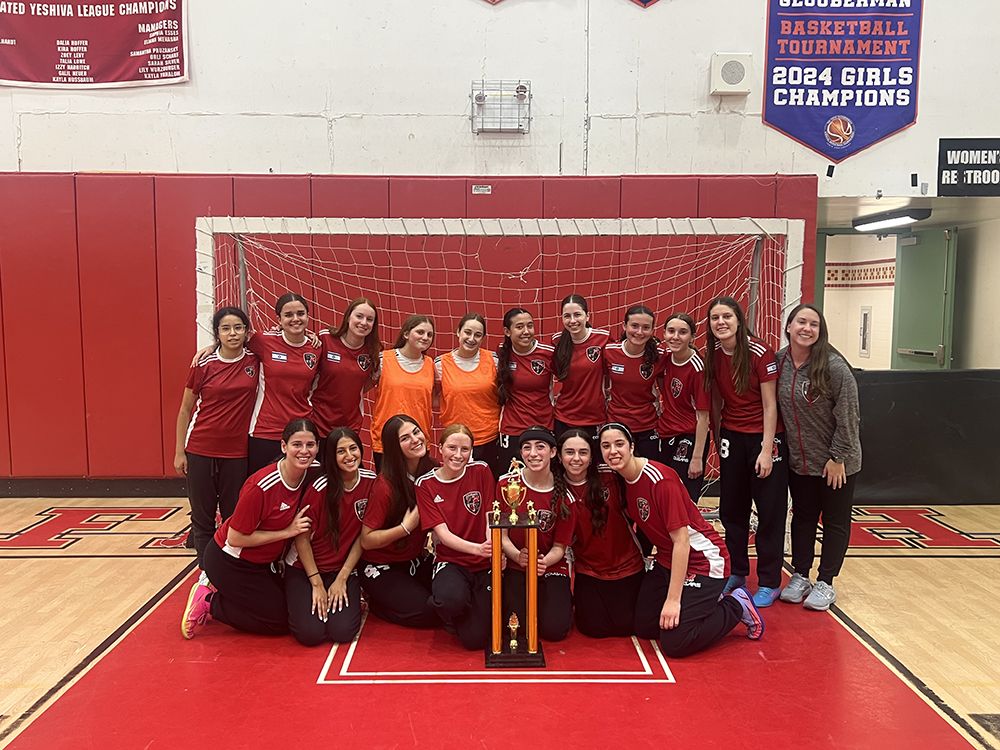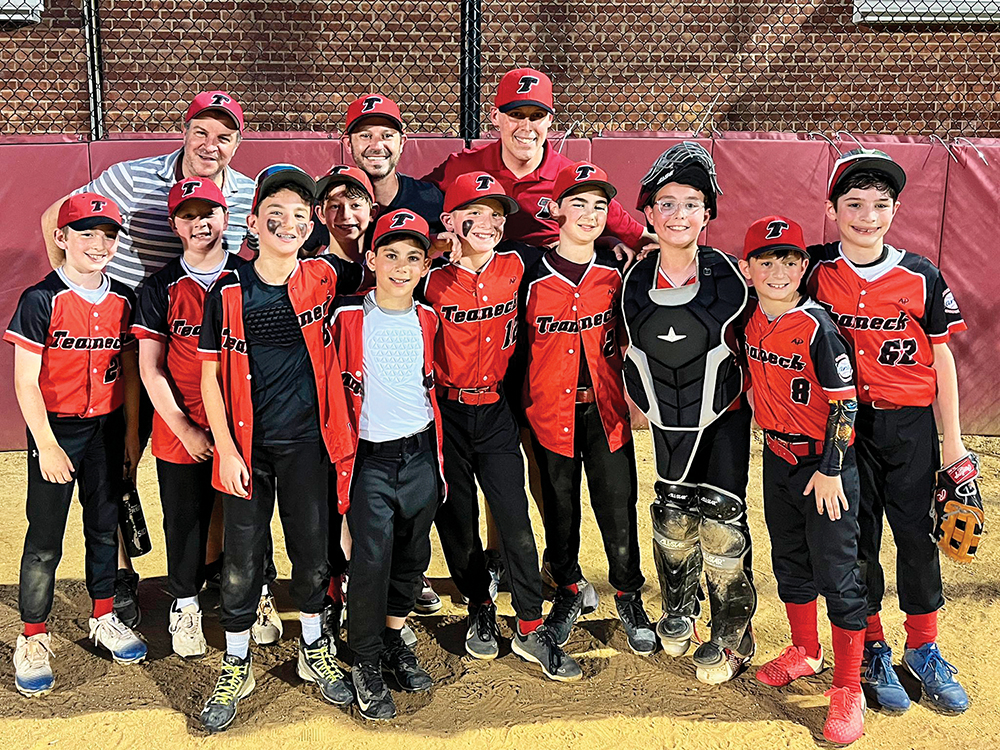
1. The word “nes” appears 21 times in Tanach in various forms. According to the Daat Mikra commentary on Ex. 17:15, in none of these times does it mean “very wondrous sign” or “miracle.” Every time it means something like “flag, pole, sign.” (But admittedly, Rashi and some other commentaries do give it the “very wondrous sign” or “miracle” meaning at Ex. 17:15, as I will discuss below.)
2. “Nes” developed the “very wondrous sign” and “miracle” meanings at some point after the Tanach, from the original “flag, pole, sign” meanings. It has these new meanings in the Mishnah. See, e.g., Avot 5:5 and Berachot 9:1. It also has these new meanings in Rabbinic liturgy from Tannaitic times.
3. Two times in Tanach we find a verb related to “nes.” One is at Psalms 60:6: “You gave to those who fear you nes le-hitnoses…(=a banner to display).” (The other is at Zech. 9:16.) The issue for etymologists is: which came first, the noun or the verb? (This reminds me of the famous “chicken or the egg” question!)
In Hebrew, normally the verb precedes the noun. A verb comes into existence and then an initial mem or tav is added to turn the verb into a noun. For example, there is a verb Z-B-Ch (=to slaughter). An initial mem was added to this to create the noun: M-Z-B-Ch, the place that this occurs. There are hundreds of cases like this. In the case of N-S, however, since the noun only has two letters, many scholars believe that the noun came first and the verb followed.
4. It is often suggested that the noun nun-samech, with its basic meaning of “flag, pole, sign,” is related to the root nun-sin-aleph, “to lift.” See, e.g., the concordance of S. Mandelkern, p. 750, and E. Klein, A Comprehensive Etymological Dictionary of the Hebrew Language, p. 418.
5. What motivated me to research this word was the oft-cited suggestion that “nes” with its meaning of “miracle” is related to nun-samech-heh=test, trial. For example, a friend of mine wrote recently: “Every miracle is a test as to whether it was perceived as a miracle, or can be explained away in a more rational manner.”
The root N-S-H with the meaning “test, trial” appears many times in Tanach. But “nes” does not seem to derive from this root. We could of course use a bilateral root theory to connect them, but on the simplest level there does not seem to be a connection. See similarly Theological Dictionary of the Old Testament, vol. 9, p. 438. (Of course, my friend Yehuda Miller admits that when he was younger, it was a “miracle” when he passed a test in school. He also points out that when professionals like doctors and lawyers pass their tests for their degrees, their diplomas become “signs” in their offices!)
6. Now let us use our newfound knowledge that “nes” does not mean “miracle” in Tanach. At Exodus 17 there is a story about Bnei Yisrael being able to defeat Amalek as long as Moshe was able to hold his hand high. Moshe had stood at the top of a hill with a “mateh Elokim” in his hand (17:9). The story concludes with Moshe building an altar there and calling it “Hashem Nisi.” Rashi (following the Targum) writes that the meaning is God did a miracle for us there. But Rabbi Aryeh Kaplan, in The Living Torah, gives the simplest translation: “God is my Banner.” See similarly, Rashbam, Radak, Rav Hirsch, Rabbi J.H. Hertz, M.D. Cassuto, and S.D. Luzzatto. (On the simplest level, perhaps the sight of Moshe’s “mateh Elokim” served as a source of inspiration and courage to the fighting Israelites. But compare Mishnah Rosh HaShanah 3:8.)
7. Another interesting verse is Deut. 4:34: “ …ha-nisah Elokim to go and take Him a nation from the midst of another nation be-masot be-otot u-ve-moftim….?
A main issue in this verse is whether that second word refers to “God” or “any god.” Rashi, S.D. Luzzatto and many others interpret it as “any god.” (The last eight words of the verse support this approach.)
Once we are past the God/god issue we still have two words that could mean either “miracle” or “test.” Everyone will agree that “masot” should be understood as “mansot.” (There is a dagesh in the samech, indicating that a root letter is missing.) This word also appears at Deut. 7:19 and 29:2.
Agreeing with the Daat Mikra, I contend that “very wondrous sign” and “miracle” are not yet proper translations in the Tanach period.
Let us look at some sample translations of Deut. 4:34:
a) R. Aryeh Kaplan: “Has God ever done miracles…with such tremendous miracles, signs, wonders…?”
b) Rashi: “Has any god performed miracles…with tests…? (Rashi explains that God made known His might by way of such tests. Rashi cites one example: Ex. 8:5-6, God’s removal of the frogs.)
c) Both Rabbi S.R. Hirsch and Rabbi Dr. J.H. Hertz take the position that the reference is to “God.” But neither read the word “miracle” in either of the two subsequent words. Rav Hirsch interprets “ha-nisah” as “proved himself,” and “masot” as “proofs of might.” As to Rabbi Dr. J.H. Hertz, his work uses the 1917 Jewish Publication Society translation: “hath God assayed to go and take…by trials…” For “trials,” his comment gives the examples of the “testing the character of Pharaoh by the manifestation of His might; or testing Israel in the iron furnace of suffering.”
d) Malbim agrees with Rashi that the reference is not to “God,” and he interprets both of the other relevant words as “try” and “tests,” not “miracles.”
So the Daat Mikra’s position is very reasonable, even though admittedly not everyone agrees with it.
***
A synonym to “nes” is “ot”: aleph-vav-tav. This word appears 79 times in Tanach (in various forms). It originally meant “sign” but already in Tanach it expanded into “very wondrous sign, miracle.”
Now for a dramatic insight: What about that very boring word “et,” aleph-tav? Apparently, it is related to “ot” with its “sign” meaning! See E. Klein, p. 60.
***
I would like to acknowledge the 11/10/06 post “Nes and Nisayon” at balashon.com, which provided some of the material for this column.
Mitchell First is miraculously able to be both a personal injury attorney and a Jewish history scholar, although the former is a trying experience and tests his patience. He can be reached at MFirstAtty@aol.com.
For more articles by Mitchell First, and information on his books, please visit his website at rootsandrituals.org.













